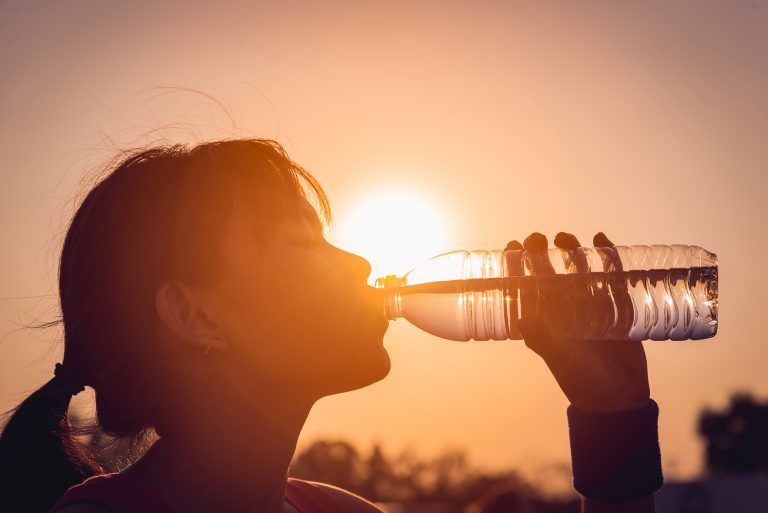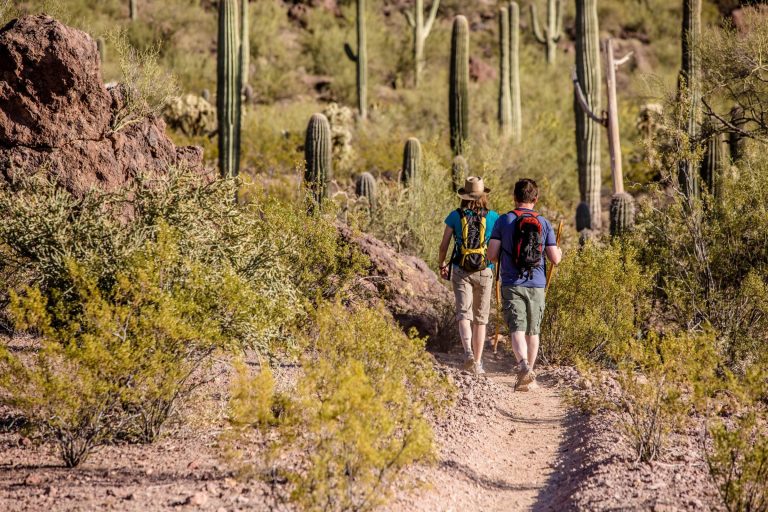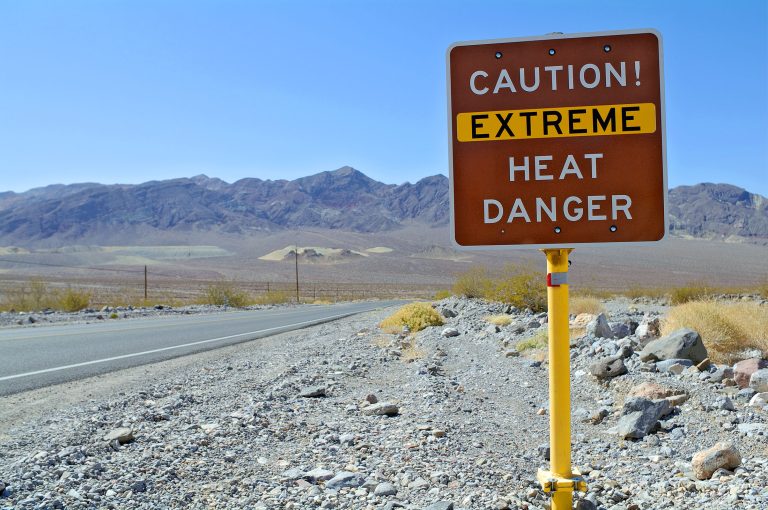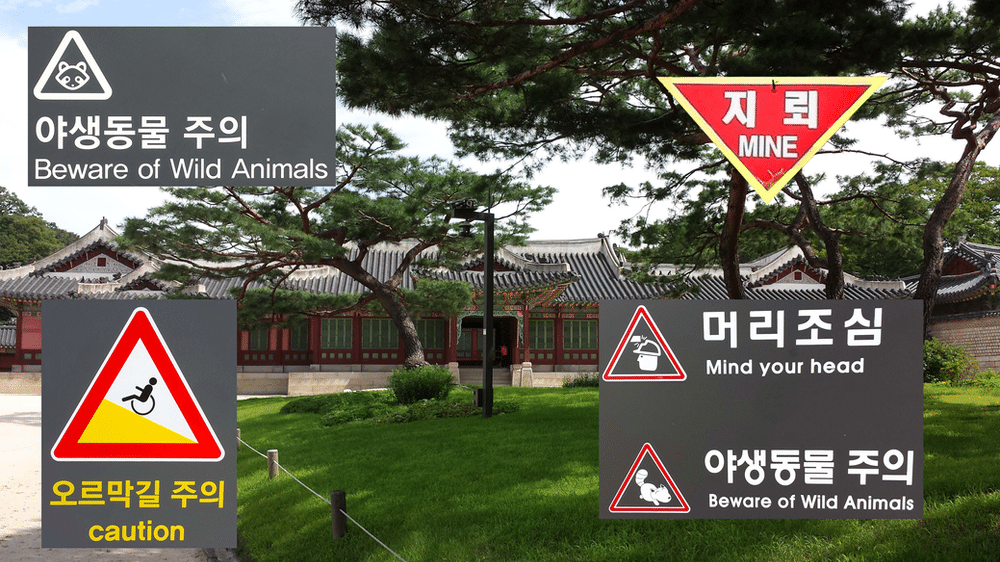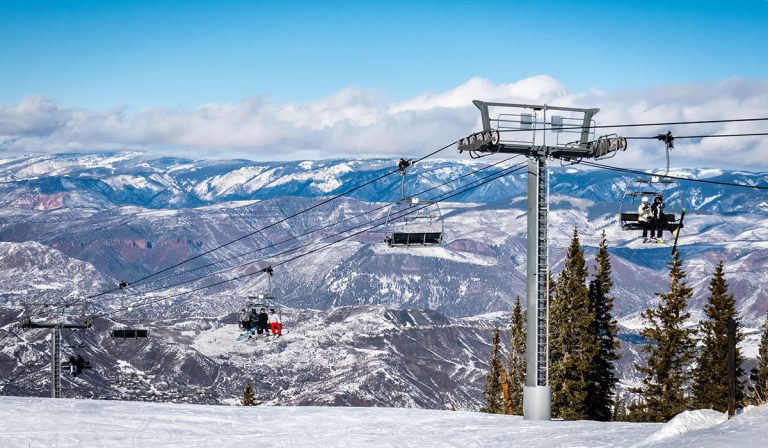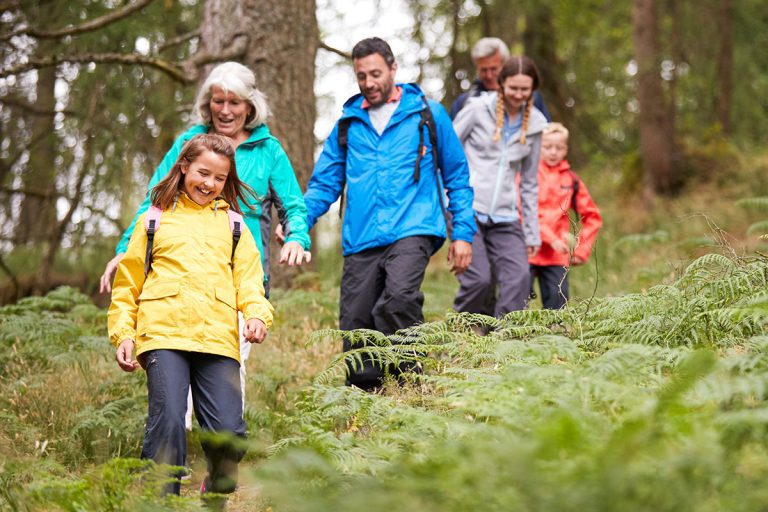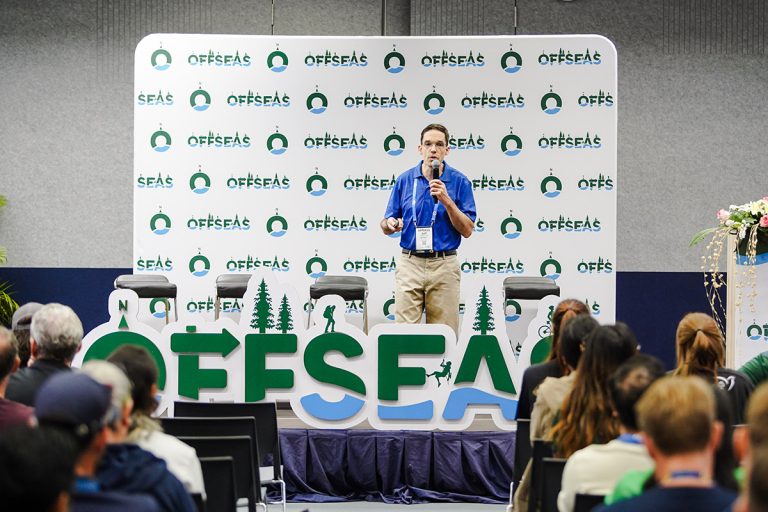Hundreds of children sickened by heat at world’s largest youth camp
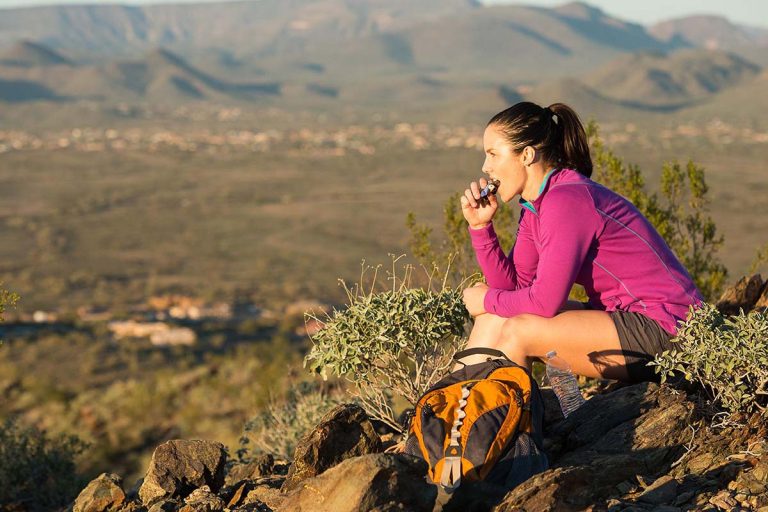
At the World Scout Jamboree in South Korea this week, where over 43,000 youth from 158 countries gathered, more than 100 campers were hospitalized with heat-related illness after enduring days of extreme heat, with temperatures exceeding 37 degrees C (100 F).
Leona Azhar, a 21-year-old volunteer from humid and tropical Malaysia, said, “It’s like a sauna…I’m dripping with sweat.” She added, “There were people fainting everywhere.”
The jamboree features outdoor adventures such as rock climbing and paragliding. But as participants collapsed in the stifling heat and humidity, they found themselves in the on-site hospital, not enjoying the games and leadership activities they had intended to experience.
The World Organization of the Scout Movement, a global scouting body, asked organizers to consider shutting down the event early. National scouting officials moved thousands of scouts from the vast, treeless camp area to air-conditioned hotels.
And the event raised questions about whether appropriate precautions were taken for the punishing heat. “The Scout motto is ‘Be Prepared’. How could the organizers be so unprepared?” the parent of one participant said. “I’m disappointed my son’s dream is looking more like a nightmare.”
A Question of Heat Safety Standards
The disastrous event raises the question: as the global climate emergency increases outdoor risks, what are the standards for managing extreme heat outdoors?
The government of the USA, recognizing that dangerous heat waves will become more frequent and severe due to the climate crisis, has proposed establishing a national standard to protect workers from the heat, which it noted is the nation’s leading weather-related killer.
The government also noted how systemic inequity increases heat-related risk for less-privileged groups, saying that essential jobs with high heat exposure levels are disproportionately held by Black and Brown workers, and economically disadvantaged groups are at higher risk from heat.
The government also described how heat-induced injuries and illnesses are often not reported, especially in workplaces with vulnerable and undocumented workers.
To address the issues of workplace safety, climate resilience, and environmental justice, the federal government in 2021 announced a set of actions including increasing urban tree cover, expanding cooling centers, and developing an outdoor and indoor workplace heat standard.
Last week, the government’s Occupational Health and Safety Administration (OSHA) also issued a heat hazard alert to promote existing heat safety standards, and announced increased inspections for workplaces with the most vulnerable workers, stating that extreme heat was endangering workers across the nation.
Heat Illness and Injury Prevention Regulation
The government’s proposed heat safety rule will consider both risk assessment and risk management strategies:
- Determinants of Occupational Heat Exposure
- Heat Exposure—metrics and thresholds
- Contributions to Heat Stress in the Workplace
- Strategies To Reduce Occupational Heat-Related Injury and Illness
- Heat Injury and Illness Prevention Programs
- Engineering Controls, Administrative Controls, and Personal Protective Equipment
- Acclimatization
- Monitoring
- Planning and Responding to Heat-Related Illness Emergencies
- Worker Training and Engagement
Rule-makers will look closely at considerations regarding costs, economic impacts, geographical variance, socioeconomic and racial inequalities, and impacts on small entities.
They will also look closely at the available science on heat illness and worker safety, analyze existing best practices and guidelines, and closely review more than a thousand public comments.
The rule complement’s OSHA’s long-running Heat Illness Prevention Campaign and heat-specific Safety and Health Topics information, neither of which contain legally enforceable requirements.
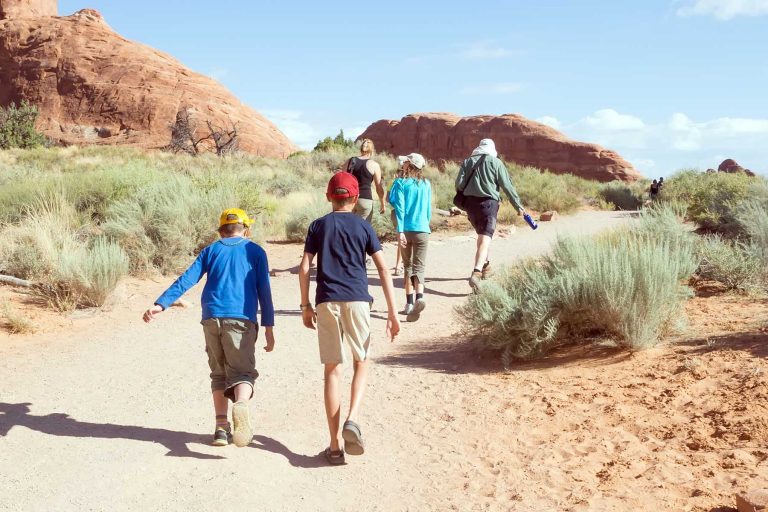
Although OSHA does not have a specific standard addressing workplace heat hazards, the Occupational Safety and Health Act requires employers to provide a place of employment free from recognized hazards that cause or are likely to cause death or serious physical harm to employees. Excess heat is recognized as such a hazard.
However, the law does not specifically prescribe hazardous heat exposure thresholds, or provide specifics on how employers are to eliminate or reduce their employees’ exposure to hazardous heat.
The proposed rule aims to close this gap. This will provide greater guidance and clarity for not only for employers, but also for regulators, who, in the absence of detailed exposure thresholds and other criteria, have struggled to successfully press cases—even when a heat-related fatality has occurred.
Rule-Making: A Prolonged Process
The federal government first proposed details of a potential national heat standard in 1972.
The current process began with an Advance Notice of Proposed Rulemaking (ANPRM), announced in 2021. The rule-making process drags on for over seven years on average, involving extensive research and consultation. But it can take longer: an OSHA standard on silica exposure, which is estimated to save 600 lives annually, took 45 years to implement.
Resistance from Corporations
Corporations are resisting the development of a national heat safety standard.
The standard might require rest, water, and shade breaks, which add expense, although research indicates they can increase productivity, reduce absenteeism, reduce workplace mistakes, and decrease workplace fatalities.
The American Farm Bureau Federation warned against “new, onerous burdens.”
The Construction Industry Safety Coalition expressed “significant concerns.”
The US Chamber of Commerce said “A lot of employers are already taking measures,” and questioned if an OSHA standard was necessary.
The National Demolition Association, a construction industry group, said the proposed rule “does not account for the complexities of the issue”—even though the rule, which goes through an extraordinarily thorough process of development, has not yet been written.
Resistance from Corporate-Influenced Regional Government
Corporation-friendly regional governments are also resisting heat safety regulations. The USA’s politically conservative states of Florida and Texas recently passed laws to override city health and safety rules.
For example, the city of Austin Texas requires construction workers to be able to take a 10-minute rest break every four hours worked, to prevent heat illness. This is no longer required under Texas law, even though Texas is the state with the most lost productivity linked to heat.
A Texas labor union group said, “Banning required rest breaks for construction workers in the Texas heat is deadly.”
Meanwhile, in the USA, workers continue to suffer and die in extreme heat.
Why Standards Are Important
Evidence-based standards help organizations understand what research shows to be good practice.
Staff of many outdoor, experiential, travel and adventure programs don’t always know which operating procedures they might adopt to give the best programmatic results—or where to find such information.
Many participants in Viristar’s Risk Management for Outdoor Programs course express a desire to know what the standards of practice are that they can meet, in order to have the best possible quality and safety outcomes.
A high-quality, well-researched standard helps fill this gap.
Standards, when established in the form of regulatory requirements, are even more effective than voluntary guidelines.
When standards conformance is compulsory, those tempted to cut safety corners in order to increase profits are less likely to do so. This improves safety results for participants, and also helps the outdoor sector maintain a positive reputation, elevating all operators.
The outdoor sector globally is moving towards compulsory safety regulations, for precisely these reasons. Government regulators in India, Finland, Switzerland, the UK, New Zealand, and the European nation of Georgia have all developed, or are creating, outdoor safety regulations.
Without a workplace heat standard, workplace safety authorities in the USA have faced significant challenges in even proving the existence of a workplace hazard. (The existence of a hazard must be shown before abatement can be required.) And when a case is litigated, authorities have had to resort to using third-party scientific research to show the existence of a recognized hazard. This approach has often been ineffective, as courts have ruled that the research is not tied to a regulatory requirement, or is too vague to be able to show the existence of a recognized workplace hazard.
The Need for a Heat Safety Standard
The widespread heat illness at the Scout event in Korea was not an isolated event. Extreme heat waves brought on by climate change are a world-wide hazard.
Last month, the United Nations Secretary-General António Guterres said, “Climate change is here. It is terrifying.” He warned of the consequences: “children swept away by monsoon rains, families running from the flames, workers collapsing in scorching heat.”
“The era of global warming has ended,” the Secretary-General said. “The era of global boiling has arrived.”
Research indicates that extreme heat is harming and killing more and more people—but not just due to heat-related illness. Extreme heat results in a higher rate of injuries like falling from heights, being hit by a motor vehicle, or being injured by heavy machinery, as heat reduces cognitive function.
Debbie Berkowitz, OSHA Chief of Staff during the Obama administration, noted that heat stroke can affect workers who have just started on the job. She recalled 24-year-old Kaylen Gehrke, who in July 2022 died of heat stroke in Louisiana on her first day conducting archaeological surveys outdoors.
A standard, Berkowitz said, “will really save lives.”
Outdoor Heat Incidents Show Need for Heat Safety Standard
Outdoor recreation and education programs can use standards to guide policy.
Death Valley National Park in the USA reached 53 degrees C (128 F) last month, as two outdoor recreationalists died in the park’s scorching heat. A teenager collapsed in sweltering temperatures in Big Bend National Park in Texas in June, and a woman died in the heat of Grand Canyon National Park in Arizona.
Others this summer collapsed and died of heat illness in other park areas in the American Southwest.
Outdoor and travel programs can use a heat safety standard, developed with the best scientific evidence and backed by rigorous research, to understand when and how to adapt outdoor activities to an increasingly inhospitable planet.
Heat Safety Procedures for Outdoor Programs
Climate change has raised the Earth’s temperature to the highest level in recorded history. The temperature will climb yet higher. In the absence of a definitive standard, how can outdoor education, outdoor recreation and related programs adapt to increasingly dangerous heat?
Some states in the USA, including California, Colorado, Washington, Oregon and Minnesota, have outdoor heat safety rules. (Business groups are suing Oregon over the rule.)
Some outdoor sports bodies, such as the United States Soccer Federation, have established guidelines. And some outdoor programs in hot areas of the world, such as desert and tropical environments, have well-developed heat safety procedures, which could be adopted by others.
Other information sources, such as Ariel’s Checklist, a resource dedicated to a young person who died of heat stroke on an outdoor program in Israel, offer guidance.
Outdoor programs seeking to develop their own procedures can consider these approaches:
- Reduce or stop activity once heat threshold has been passed
- Plan water-based and conditioned-space activities during hot periods, where facilities permit
- Adjust clothing and gear lists to accommodate extreme heat
- Adjust itineraries to avoid extended and strenuous activity in unprotected settings
- Train staff and participants to prevent, assess and treat heat-related illness
- Have rapid-cooling facilities in infirmary
- Consider increasing proportion of air-conditioned spaces
- Consider using parasols for shade while hiking
- Increase availability of water and electrolytes
- Consider adjusting program areas used to cooler locales
- Develop and rehearse heat-specific emergency response plans
- Consider acclimatization procedures for staff and participants
Associations that publish accreditation standards for experiential adventure, camping or other outdoor activities can work to incorporate specific heat-related guidance in their criteria.
Conclusion
The Jamboree fiasco has been embarrassing for the government of Korea, which had conducted a world-wide lobbying campaign to be selected to host the event, and which spent six years and tens of millions of dollars preparing for the arrival of the scouts.
South Korea has had some major safety incidents with large groups in the recent past.
In 2014, some 250 school pupils on a field trip to the resort island of Jeju drowned when the ferry MV Sewol sank.
In October of 2022, over 150 people, mostly in their teens and twenties, died in a crowd crush during Halloween festivities in an alleyway in the Itaewon nightlife neighborhood of Seoul.
Despite these tragedies, South Korea is known for being generally well-organized and having a conservative safety culture, including with outdoor recreation and experiential education programs.
Leaders of outdoor education programs at international schools in South Korea who have participated in Viristar’s Risk Management for Outdoor Programs training have described rigorous risk assessments and careful review of outdoor safety procedures, fostered in part by close questioning from cautious parents of school learners.
But despite efforts to maintain good outdoor safety practices in highly capable nations like Korea and the USA, the global climate crisis is moving more quickly than many anticipated. The frequency and severity of heat waves, wildfires, severe storms, drought, glacier collapse and floods are rapidly rising. And outdoor programs and employers worldwide are struggling to adapt.
So, it’s understandable that the scouting extravaganza in South Korea would have challenges in managing the event during an extreme heat wave.
Yet outdoor professionals are resilient and adaptable. Equipped with sound guidance, they will be able to institute new practices to respond to emerging challenges.
The heat safety standard being developed by the USA’s federal government is one positive step in improving risk management for those working and living in the world’s increasing heat.
